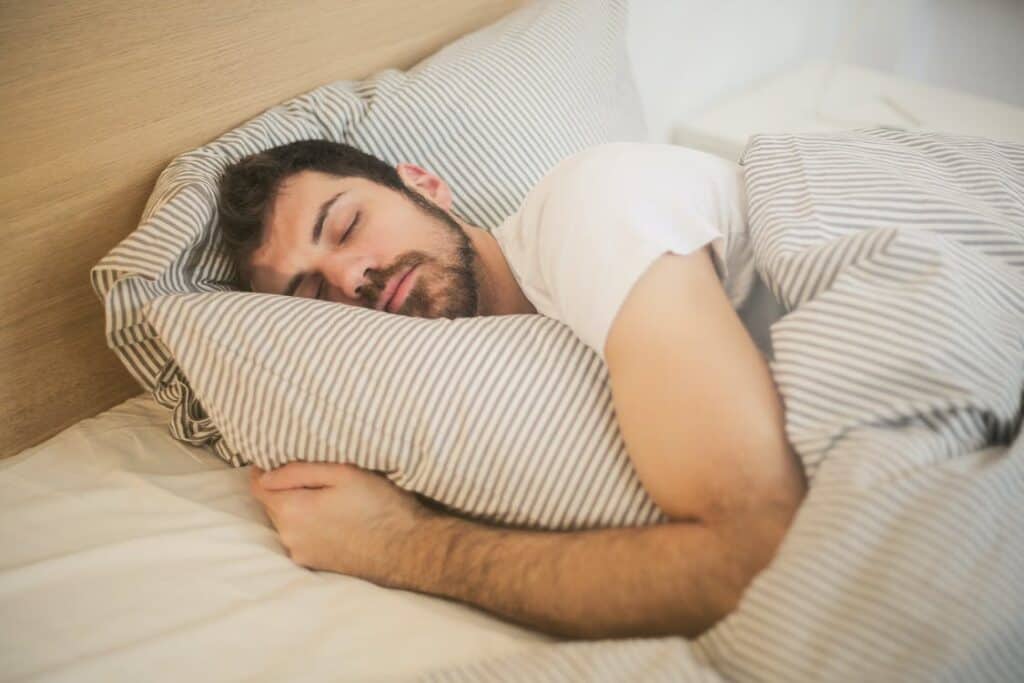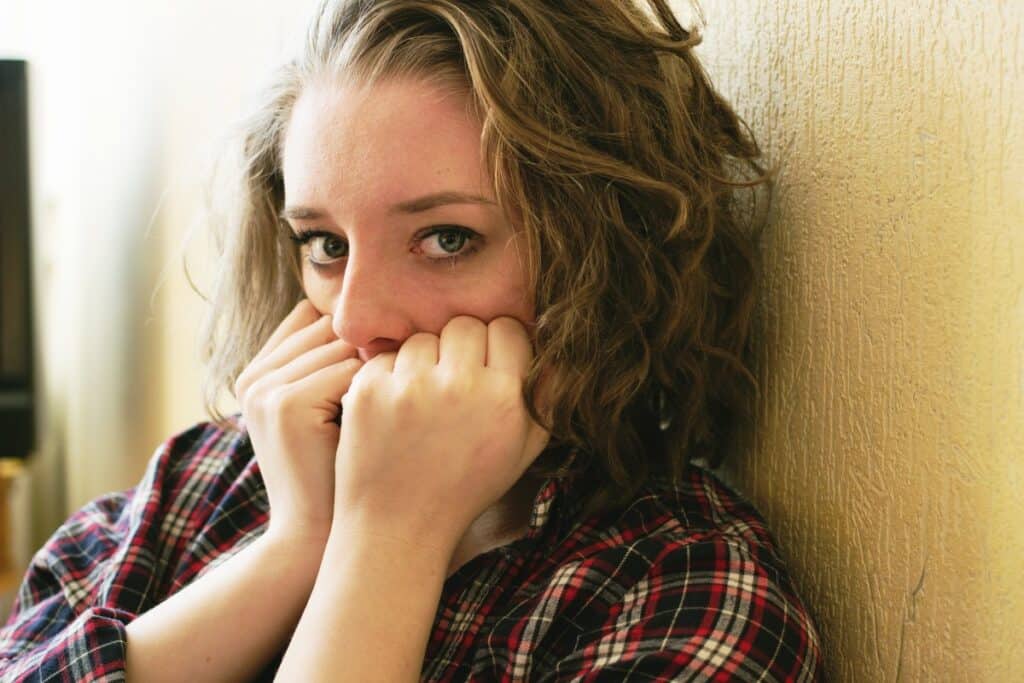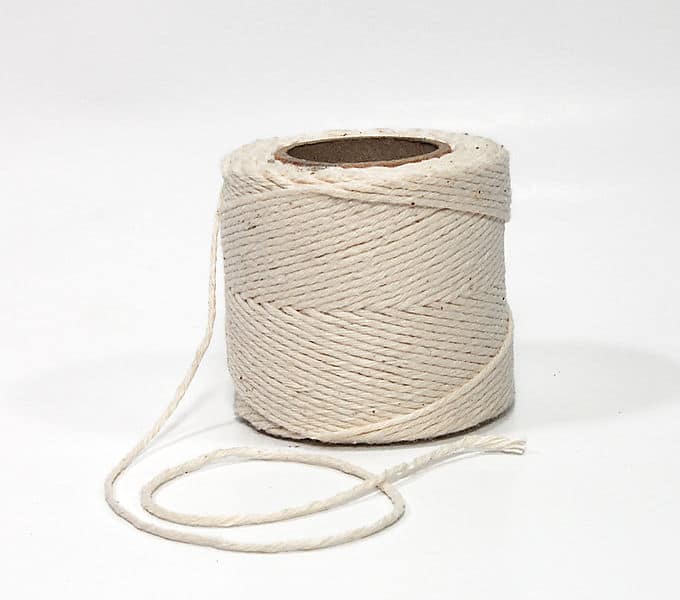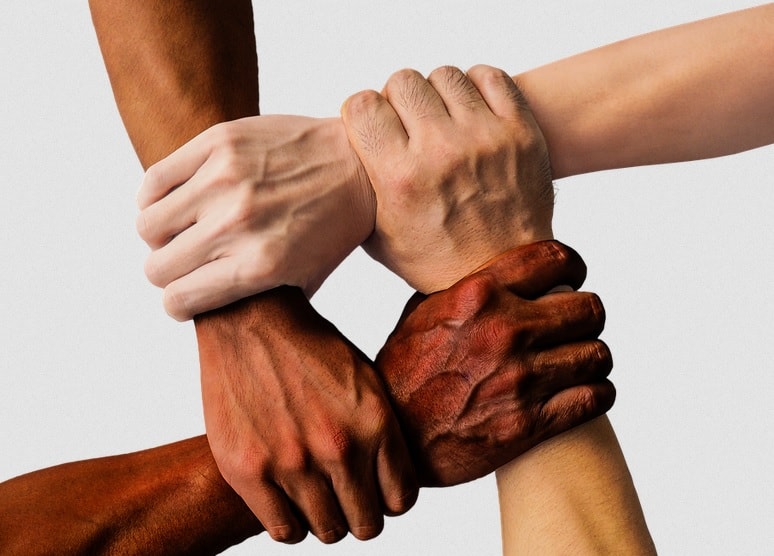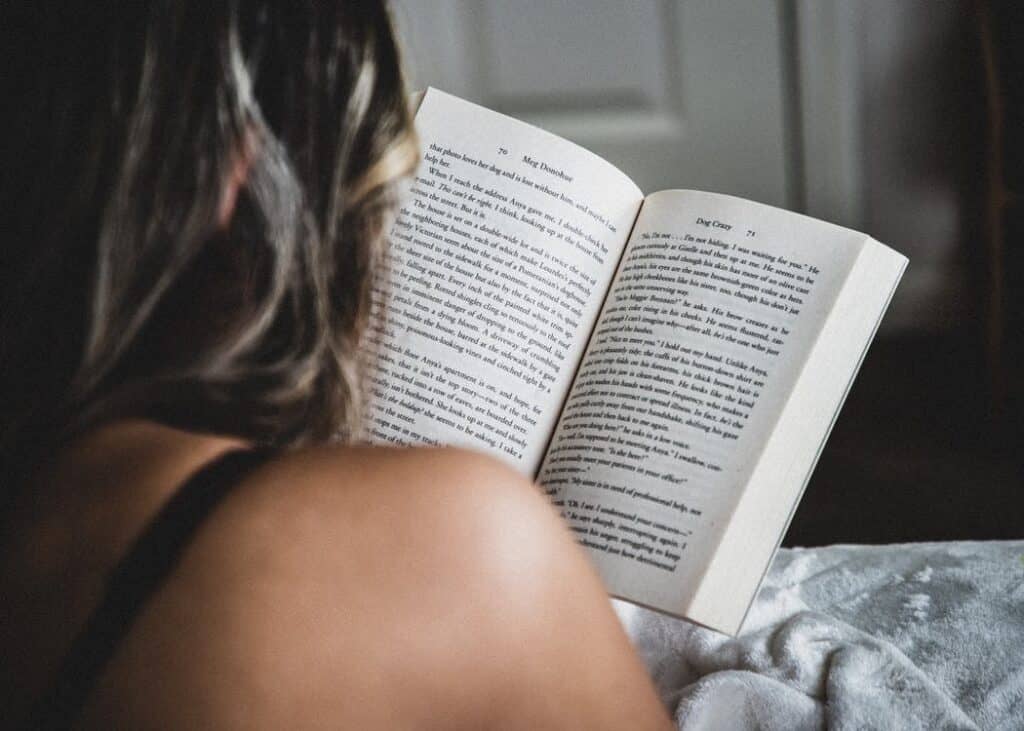Everyone is afraid of something, but when the fear becomes too intense and disruptive, a phobia can develop. While everyone has heard of common phobias like arachnophobia, claustrophobia, and aerophobia (fear of flying), there are numerous phobias that most people have never heard of. This list includes some of the rarest phobias in the world.
In general, phobias can be divided into three categories: specific phobias, social phobia, and agoraphobia. All phobias are a type of anxiety disorder and share symptoms commonly associated with anxiety.
Since there are not a lot of statistics regarding how many people might suffer from a certain phobia, this list was arranged in alphabetical order.
- Venustraphobia
- Somniphobia
- Phobophobia
- Linonophobia
- Koinoniphobia
- Deipnophobia
- Chirophobia
- Cacophobia
- Bibliophobia
- Arithmophobia
Type of Phobia: Specific Phobia
Common Symptoms: Avoidance of beautiful women, intense anxiety when interacting with beautiful women

photo source: Free Use
Did you know?
Venustraphobia can develop along with other phobias such as coitophobia (fear of sexual intercourse) and/or kolpophobia (fear of female genitals).
Type of Phobia: Specific Phobia
Common Symptoms: Feeling distressed around bedtime, having difficulties falling/staying asleep, insomnia

photo source: Free Use
Somniphobia is a sleep disorder caused by the intense fear of going to sleep. It is often an offshoot of insomnia and the lack of sleep can cause daily disruptions in the life of those suffering from Somniphobia. Like other sleep disorders, Somniphobia can lead to hallucinations, sleep paralysis, and nightmares, which only make the anxiety and dread around the disorder worse. Unlike other phobias, it is absolutely impossible for those with Somniphobia to completely avoid sleeping. People with Somniphobia might develop coping techniques to help ease their fear of going to bed, such as watching TV, leaving lights on, or drinking alcohol before bed.
Did you know?
Somniphobia has many other names, including hypnophobia, clinophobia, sleep dread, and sleep anxiety.
Type of Phobia: Specific Phobia
Common Symptoms: Intrusive thoughts, anxiety when thinking of an existing phobia

photo source: Free Use
Ironically, there is a phobia of phobias, which is known as Phobophobia. To put it in simpler terms, Phobophobia is the fear of fear itself. Unfortunately Phobophobia can create a vicious cycle as those with existing phobias are predisposed to develop Phobophobia as a response to the negative effects of their other phobia. This is called anticipatory anxiety, which causes increasing fear in the time leading up to a planned confrontation with the object of fear. Those with Phobophobia experience intense dread of their original trigger as well as their own reaction to the fear. However, it is possible to develop Phobophobia without ever experiencing another phobia.
Did you know?
Since Phobophobia is the fear of the internal sensations associated with that phobia and anxiety, it can often be mistaken for generalized anxiety disorders.
Type of Phobia: Specific Phobia
Common Symptoms: Avoiding string, anxiety touching string or thinking about string

photo source: Wikimedia Commons
People with Linonophobia have a fear of string. Linonophobia can manifest as a fear of string itself or objects that have many strings, such as stringed instruments. As with any specific phobia, the most common symptom of Linonophobia is avoidance. They will not touch string or look at photos of string. Contact with string may trigger chills, headaches, trembling, and other physical symptoms of anxiety. While no one can say for sure how Linonophobia develops, for some people it can stem from childhood trauma involving strings.
Did you know?
Some people suffering from Linonophobia have such a strong reaction to strings that they avoid clothing stores or other places that might have loose strings.
Type of Phobia: Specific Phobia
Common Symptoms: Constantly avoiding rooms, anxiety when thinking of rooms, panic attacks

photo source: Free Use
Koinoniphobia is an intense fear of rooms. Sometimes this fear can be so overwhelming that the thought of entering a room can trigger an anxiety attack. Because rooms are virtually impossible to avoid, life for those with Koinoniphobia can be difficult to navigate. Some people with Koinoniphobia might avoid going to school so they don’t have to sit in a classroom full of other students. One of the ways to treat Koinoniphobia is through exposure therapy, which gradually exposes a person to their fear so that they can navigate life in a healthier way.
Did you know?
The root of the word Koinoniphobia comes from the Greek word ‘koini’ meaning shared, as in a shared space.
Type of Phobia: Social Phobia or Specific Phobia
Common Symptoms: Avoiding dinner invitations, anxiety when eating with others, fear of being criticized by others at dinner

photo source: Free Use
Having Deipnophobia can take a toll on a person’s social life as they’ll often turn down invitations to dine out. Larger individuals can have Deipnophobia because those with larger bodies often face societal criticism for their food choices. Of course, anyone of any size can suffer from Deipnophobia.
Did you know?
The prevalence of Deipnophobia has recently increased due to the ongoing COVID-19 pandemic.
Type of Phobia: Specific Phobia
Common Symptoms: Anxiety around hands, avoidance of hands, disgust at seeing/touching someone’s hands

photo source: Free Use
People with Chirophobia are so afraid of hands that they can get anxious just thinking about them. Sometimes Chirophobia can be so bad, that the person will fear their own hands, which makes life incredibly difficult. Those with Chirophobia take measures to avoid interacting with hands in any way. They might refuse to shake someone’s hand an will try their best to avoid looking at hands. With hands being pretty much everywhere, Chirophobia can be a truly debilitating.
Did you know?
Going out of their way to avoid hands can make symptoms of Chirophobia worse and even lead to developing compulsions.
Type of Phobia: Complex Specific Phobia
Common Symptoms: Avoiding anything they feel is ugly, feeling anxious around ugliness, showing disgust for something ugly

photo source: Free Use
Of all the rare phobias on this list, Cacophobia, the fear of ugliness, is truly unique. This is because what is ugly is subjective and varies from each individual. Cacophobia can manifest in two main ways, either fearing being/looking ugly or fearing looking at ugly objects. Due to the nature of Cacophobia, those with this phobia may come off as very judgmental and/or being very self-critical. Of course, this can make it difficult for those with Cacophobia to have healthy relationships.
Did you know?
Cacophobia is often confused for the similarly named Kakophobia, which is the fear of bad situations.
Type of Phobia: Specific Phobia
Common Symptoms: Avoidance of books, intense panic when a book is being read, trembling/shaking around books

photo source: Free Use
Reading is an activity that many people do to relax, but for those with Bibliophobia, reading and even being around books is anything but a relaxing activity. Bibliophobia is an irrational, intense fear of books and no other forms of media, like TVs or computers. For people with extreme forms of Bibliophobia, just thinking about reading a book can trigger panic. The fear of books can be so intense in people with Bibliophobia that they will do everything they can to avoid ever interacting with books in any way.
Did you know?
Bibliophobia sometimes arises when from fear of the effect books can have on society. This type of Bibliophobia can lead to censorship and book burning.
Type of Phobia: Specific Phobia
Common Symptoms: Avoidance of numbers/math, anxiousness around numbers, and anxiety attacks

photo source: Free Use
While most people with Arithmophobia fear any/all numbers, some people fear specific numbers, which is a little more common. Typically, fear of specific numbers is tied to religion or cultural superstitions. For example, many people fear the number 13 because it’s seen as an unlucky number. As with any phobia, seeking professional treatment can help lessen the effects of Arithmophobia.
Did you know?
Arithmophobia might not seem like a big deal to those who don’t have this phobia, but several studies suggest that there are real life consequences from fearing number. Reportedly, accidents increase on Friday the 13th due to the psychological stress of an “unlucky” day.


